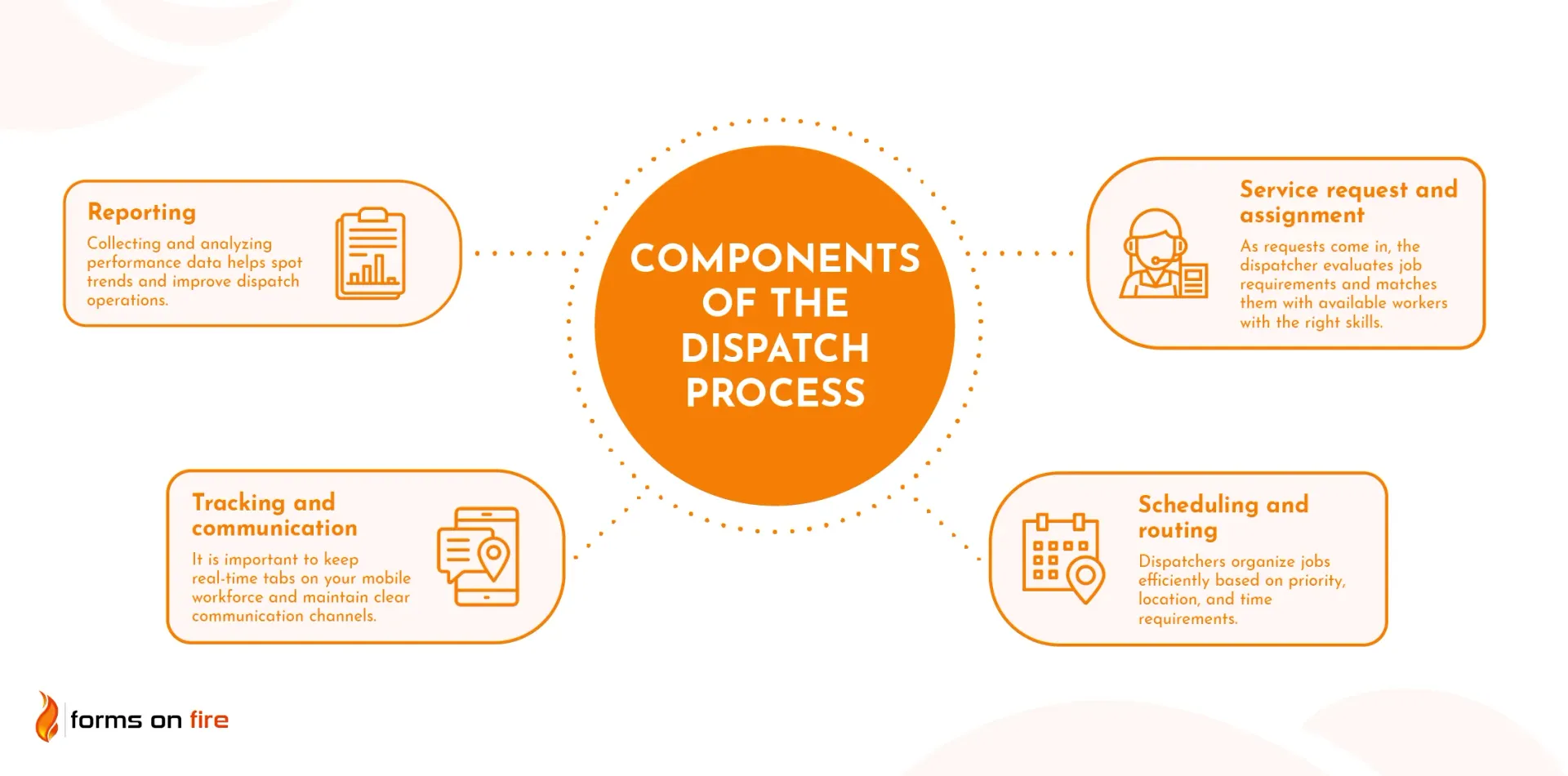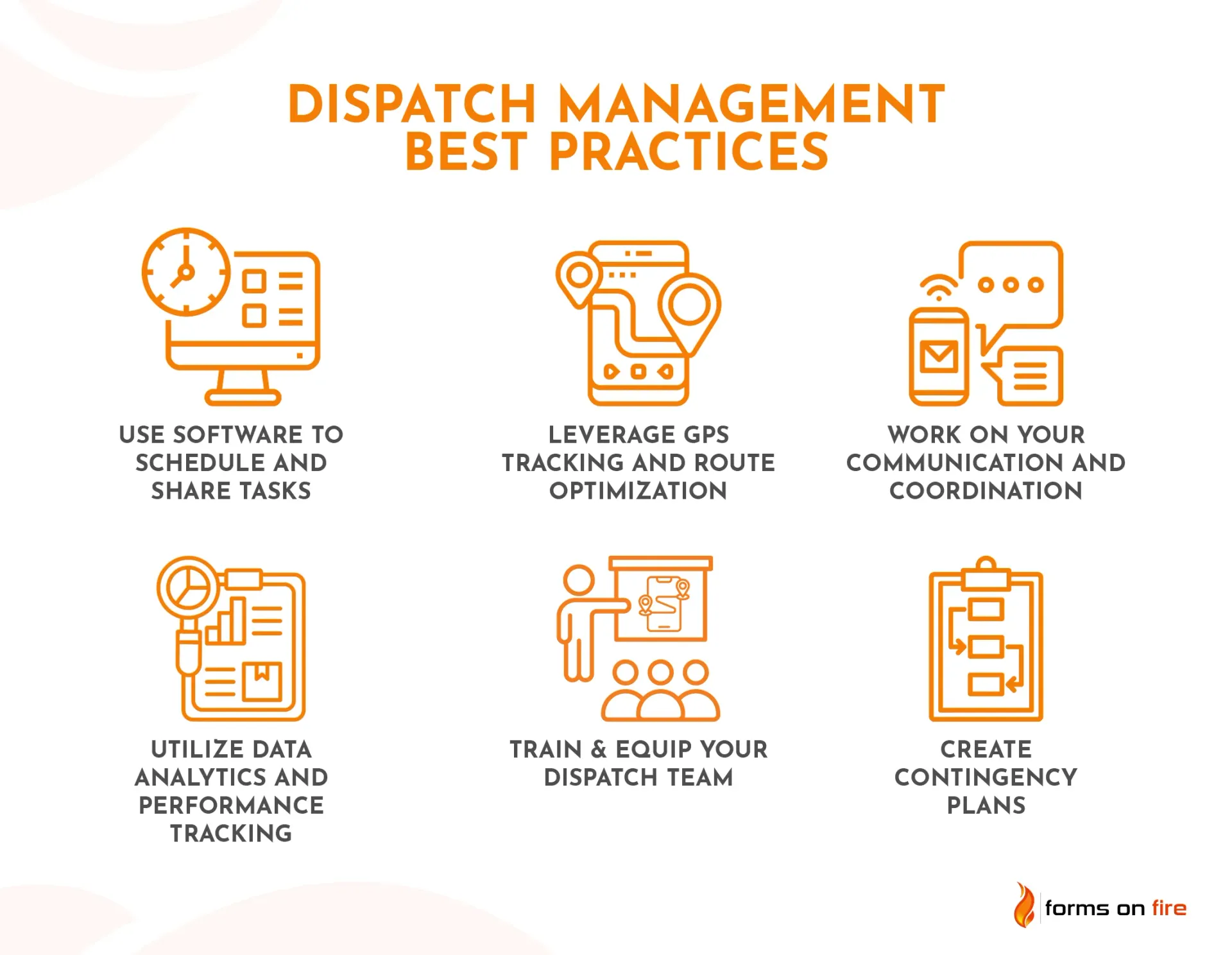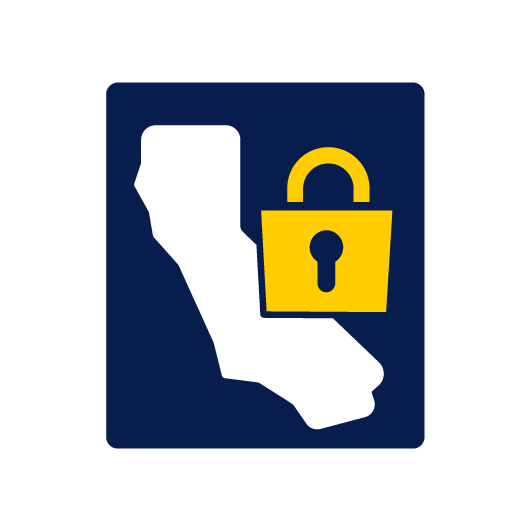Dispatch Management 101: Process and Best Practices
Dispatch management is the heart of your mobile operations — and helps you coordinate the right people, equipment, and resources to keep your business efficient.
Yet many organizations struggle to manage their mobile workforce. Maybe you're watching costs rise while efficiency drops, or you're losing customers due to missed service windows. Perhaps your team is drowning in manual processes that waste time and create errors.
Ready to learn how to address these challenges, handle last-minute changes smoothly, and deliver consistently excellent service? Let's dive into best practices that will optimize your dispatch management.
Understanding workforce dispatch management
Dispatch management is your organization's command center — it coordinates your mobile workforce by getting the right people to the right places at the right time. Whether you're managing service technicians, delivery drivers, or maintenance crews, you'll need to consider factors like location, skills, and task priority to keep operations running smoothly.
When you optimize your dispatch management, you achieve three key goals:
- Operational efficiency: You'll minimize travel time by routing your team smartly — like assigning nearby jobs to the same technician.
- Cost reduction: You'll cut fuel costs and overtime by better using your internal resources.
- Customer satisfaction: You'll meet service windows consistently and keep customers informed of accurate arrival times.
Your dispatchers play a crucial role as your operational conductors. They're constantly juggling priorities, handling last-minute changes, and ensuring your mobile workforce has what they need to succeed.
The typical dispatch management process
Here's how an effective dispatch management process flows, from initial request to completion. While these components might seem straightforward, the challenge is getting them working in unison — like gears in a well-oiled machine.

Key components of a dispatch process:
- Service request and assignment: As requests come in, the dispatcher evaluates job requirements and matches them with available workers with the right skills. For instance, when a customer needs specialized equipment repair, you'll identify technicians certified for that specific task.
- Scheduling and routing: Dispatchers organize jobs efficiently based on priority, location, and time requirements — to minimize travel time while meeting all service commitments. For example, grouping nearby service calls for one technician rather than having multiple technicians cross paths.
- Tracking and communication: It is important to keep real-time tabs on your mobile workforce and maintain clear communication channels. This helps you respond quickly to changes and keep customers informed. When delays happen, you can proactively update customer expectations and adjust schedules accordingly.
- Reporting: Collecting and analyzing performance data helps spot trends and improve dispatch operations. You can track metrics like response times, job completion rates, and travel efficiency to identify areas for improvement.
Managing these components requires careful coordination and constant attention. The key to doing this effectively? You need to have the right tools and systems in place to help you manage everything.
Best practices to optimize the dispatch process
In dispatch management, you'll face several challenges that impact your operational efficiency and customer satisfaction:
- Inefficient scheduling: Poor scheduling creates a domino effect of late arrivals and missed commitments. One delayed job can throw off your entire day's schedule.
- Poor communication: When information doesn't flow smoothly between dispatch and field teams, you risk mistakes and customer dissatisfaction. This includes unclear job details or delayed updates about schedule changes.
- Lack of visibility: Without knowing where your team members are and what they're doing, you can't make informed decisions about assignments or provide accurate ETAs to customers.
- Emergency and last-minute requests: Urgent requests can disrupt carefully planned schedules, forcing you to quickly reorganize assignments while maintaining existing commitments.
- Fuel costs and route optimization: Inefficient routing leads to unnecessary fuel consumption and wasted time. When drivers consistently take longer routes or make multiple trips to nearby locations, costs add up quickly.
By implementing the best practices we'll explore next, you'll build a more efficient dispatch operation that can handle these challenges while maintaining high service levels.
Use software to schedule and share tasks
Modern dispatch software transforms how you manage and distribute work to your mobile teams. When you move away from manual scheduling methods, you eliminate common bottlenecks and reduce the risk of human error in your dispatch process.
With Forms On Fire, you can streamline your dispatch operations by:
- Creating and assigning tasks with just a few clicks.
- Setting job priorities automatically based on your criteria.
- Sharing real-time schedule updates with your entire team.
- Tracking job status and progress throughout the day.
- Capturing digital signatures and job completion details.
- Managing schedule changes quickly when emergencies arise.
Automation that comes with using digital tools like Forms On Fire helps you efficiently handle routine tasks while freeing up your dispatchers to focus on complex decisions and emergencies.
For example, some dispatch software enables you to set up automatic job assignments based on technician skills and location or create recurring maintenance schedules that populate automatically. It is a great way to reduce the dispatcher's workload.
Leverage GPS tracking and route optimization
GPS tracking and route optimization give you real-time visibility into your mobile workforce. You have a bird's-eye view of your entire operation, helping you make smarter decisions about job assignments and routing.
Key benefits you'll gain by implementing this technology:
- Monitor vehicle locations in real time to respond quickly to changes.
- Optimize routes to reduce drive time and fuel consumption.
- Provide customers with accurate arrival times.
- Track driver behavior like speeding or excessive idling.
- Identify opportunities to combine nearby jobs.
- Respond to emergencies by quickly finding the nearest available team member.
Combine GPS tracking with smart routing algorithms to significantly reduce travel time and fuel costs — while improving service reliability. Instead of sending technicians back and forth across town, you can group jobs by location and create efficient routes that maximize productivity.
Work on your communication and coordination
Effective communication is the backbone of successful dispatch operations. When you implement cloud-based systems, you create a single source of truth that keeps everyone aligned and informed in real time.
Modern dispatch software and mobile apps transform how your team coordinates and shares information. Your field personnel can receive job details instantly, report delays immediately, and have customer information at their fingertips. Meanwhile, dispatchers can track progress in real time and quickly redistribute work as needed.
Even if you don’t have access to dispatch software, there are plenty of communication apps (like WhatsApp or Messenger) that techs can install on their phone to keep communication lines instant and open.
Utilize data analytics and performance tracking
Everyone needs timely and accurate data to make smart decisions about their dispatch operations. Here are the key metrics you'll want to keep an eye on:
- Response and completion times: How quickly does your team get to jobs and finish them? Watch these numbers to spot bottlenecks and set realistic service windows that you can actually meet.
- On-time performance: Are you hitting those promised arrival windows? If not, rethink your routing or scheduling approach. Your customers notice when you're late!
- Fuel efficiency: Track how much fuel each route burns through. When you spot high consumption patterns, adjust routes to save money without sacrificing service.
- Job site duration: Compare estimated vs. actual time on site. If certain jobs consistently run long, you might need to adjust your scheduling or provide additional training/tools to your field technicians.
- Customer satisfaction: Link these operational numbers to customer feedback. After all, efficient operations mean little if your customers aren't happy.
When you consistently keep track of these metrics, you'll start seeing patterns that help you optimize your field service dispatch management.
Train & equip your dispatch team
Your dispatch team needs the right tools and knowledge to handle both everyday operations and unexpected challenges — they need to manage routine tasks efficiently while being ready for anything that comes their way.
Set your team up for success by:
- Providing hands-on training with any digital tools you might be using
- Running simulations of emergency scenarios
- Teaching effective communication protocols
- Keeping them updated on new features and tools
- Creating clear escalation procedures
- Ensuring both dispatchers and field teams speak the same "language"
- Standard Operating Procedures (SOPs) help your team handle recurring situations consistently and efficiently. Create step-by-step guides for common situations like scheduling maintenance visits or handling customer cancellations.
Just as importantly, make sure your field personnel receive thorough training on your communication tools and protocols – they're half of the dispatch equation, and their ability to use the systems effectively directly impacts your operation's success.
Create contingency plans
In dispatch management, you need to expect the unexpected. Having a proper contingency plan helps you handle disruptions smoothly without severely messing up your schedules.
Your contingency planning should cover common scenarios like vehicle breakdowns, severe weather, or last-minute cancellations. Map out alternative routes for high-priority deliveries, maintain a network of backup drivers or technicians, and build buffer time into schedules for unexpected delays.
When disruptions occur, your team should know exactly how to respond, who to contact, and how to keep customers informed. This preparation helps you maintain service levels even when you face unexpected challenges.
Use Forms On Fire as your dispatch management software
Forms On Fire is a no-code platform that helps field service teams automate workflows and digitize different aspects of their operations.
Organizations use it on different scales — some create a few digital forms to collect data in the field while others build a highly personalized dispatch management app that matches their exact workflow.
The advantage of using Forms On Fire instead of standard dispatch management software is that you can adjust it to your needs. You select and include only the features you and your team will actually use.
We have a bunch of templates available for different dispatch processes so you don’t have to start from scratch. On top of that, if you get stuck, our amazing support team will help you throughout the entire process — from creating forms/apps to deploying them.
If you are hesitant, you can start small, with just a few mobile forms. We have a bunch of built-in features that field teams love:
- Assign work to your team in the field and provide critical job details without leaving the office
- The ability to collect digital signatures
- The ability to capture photos, videos, GPS, and barcode data
- All forms work both online and offline
- You can automatically generate reports based on available data
- And much more.
Looking to digitize and optimize your dispatch operations?
Schedule a quick demo and see how Forms On Fire can help you manage your mobile workforce more efficiently.
Company
Contact
Platform
Resources
Use Cases
Industries





